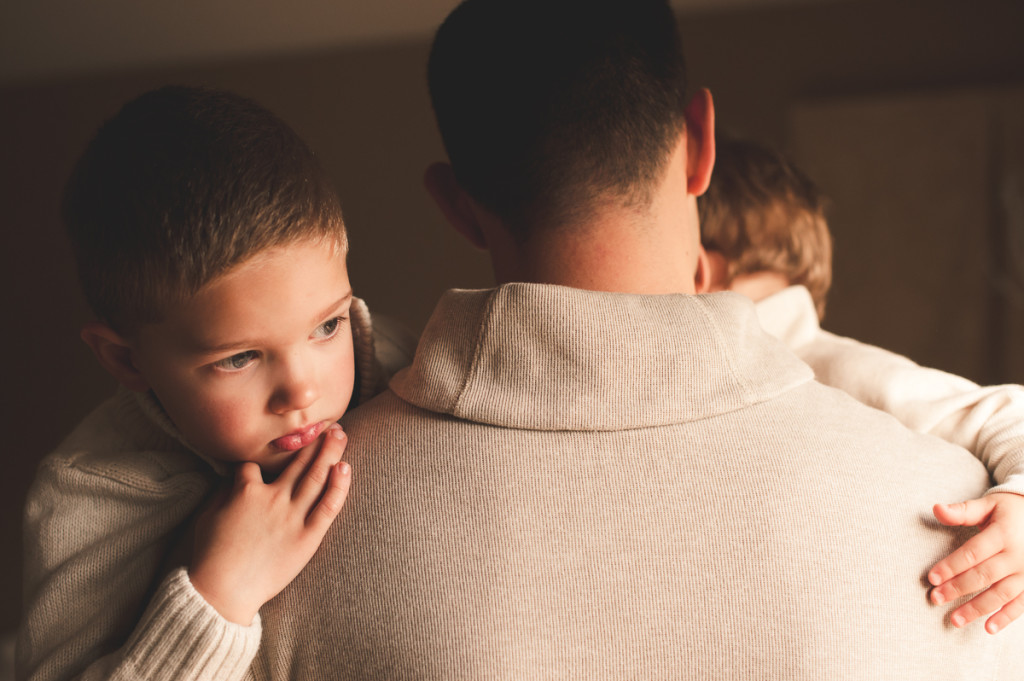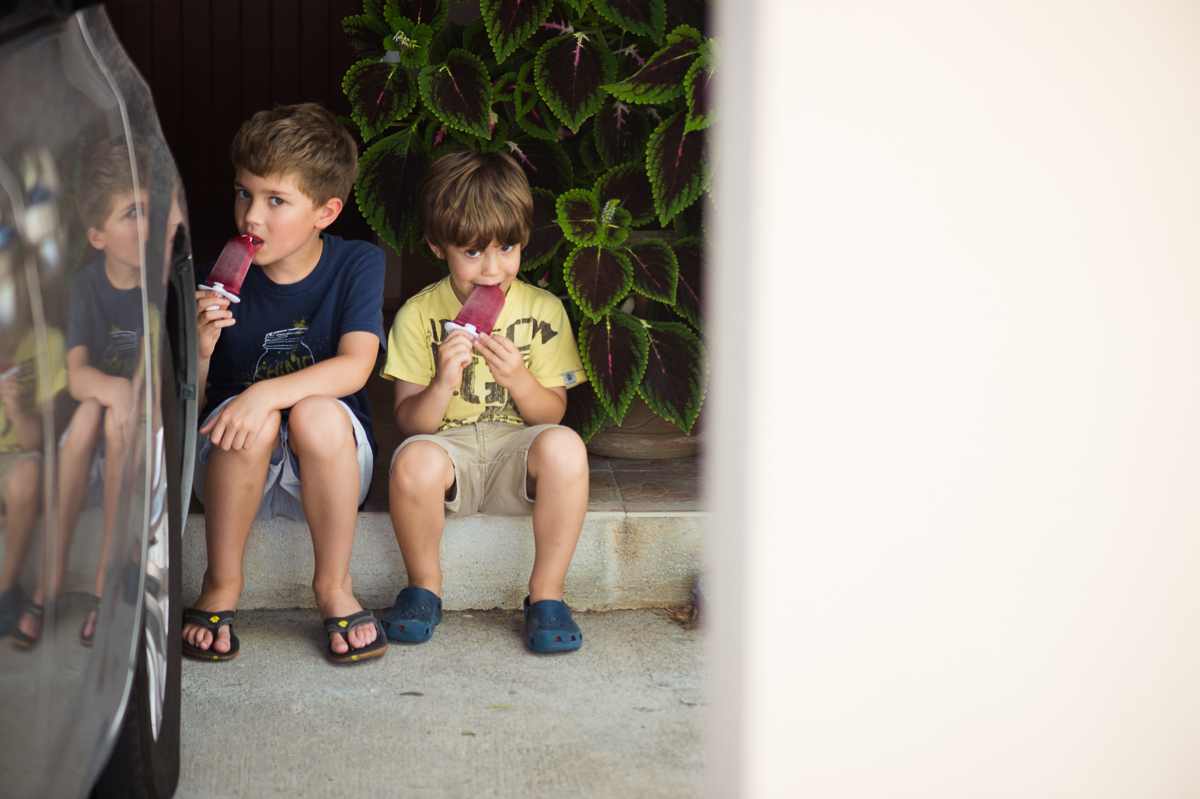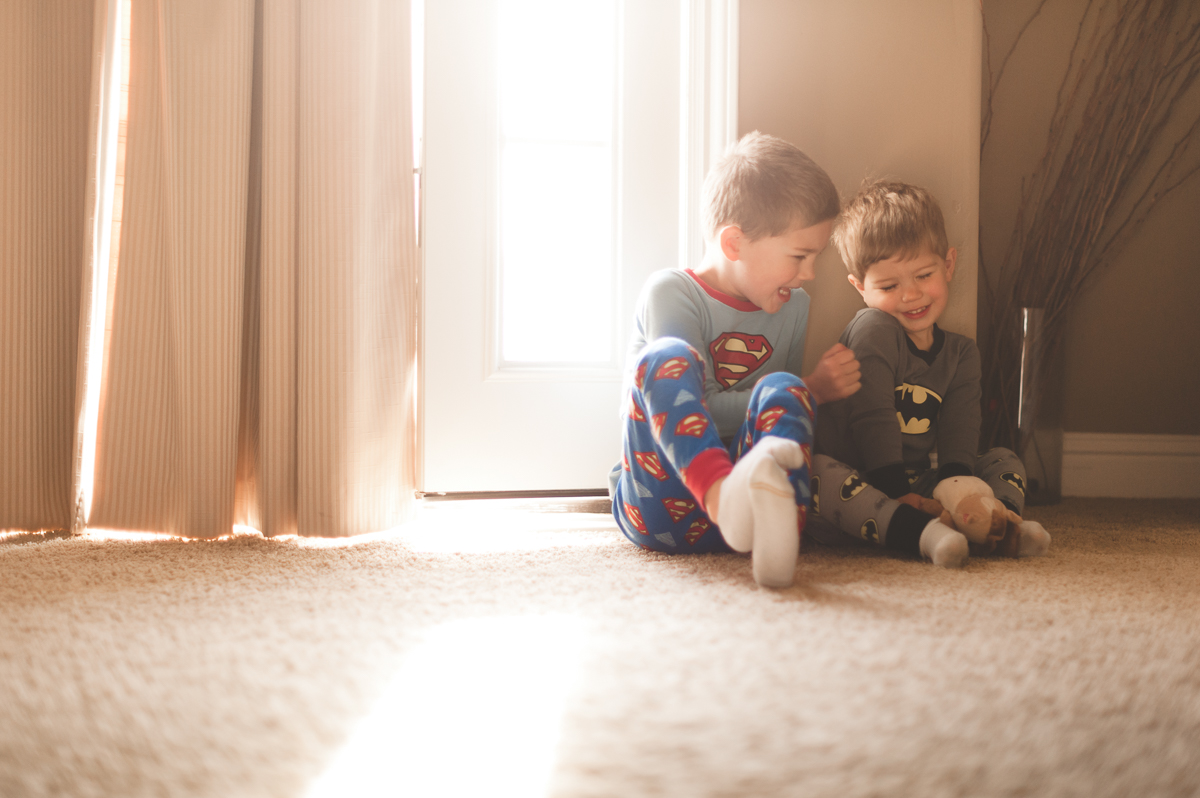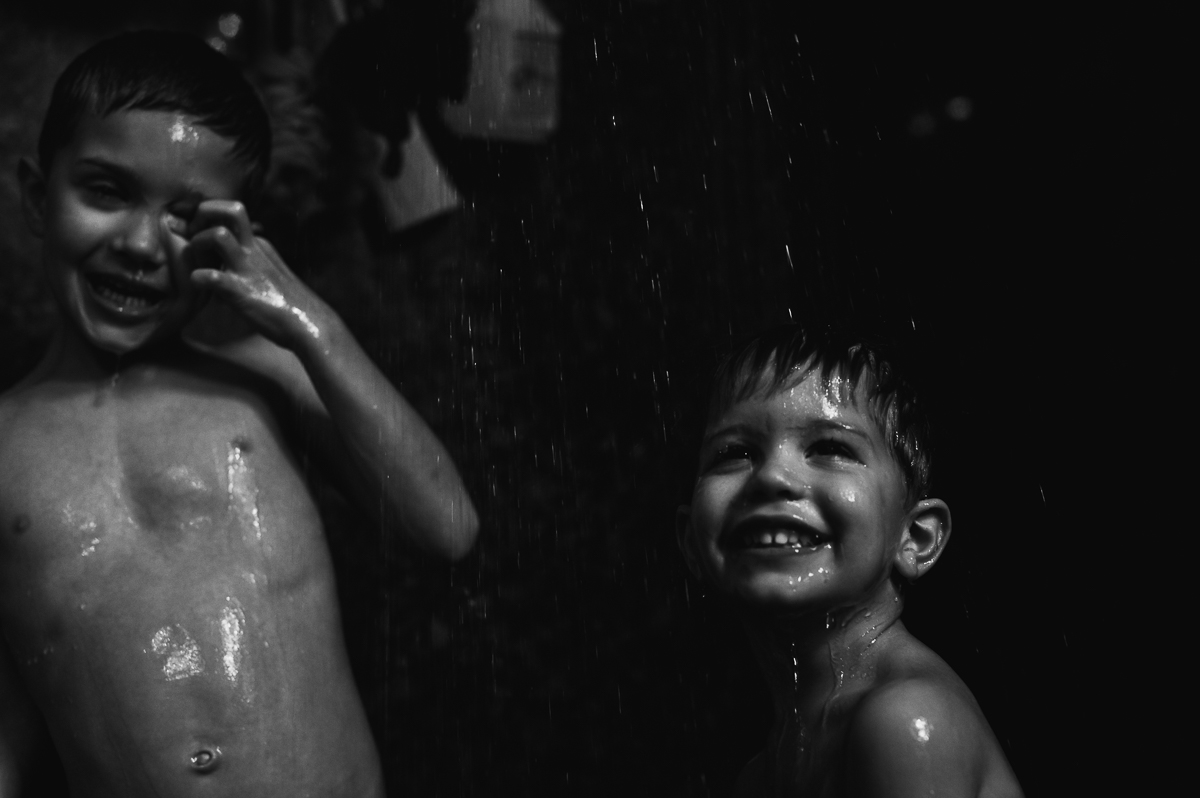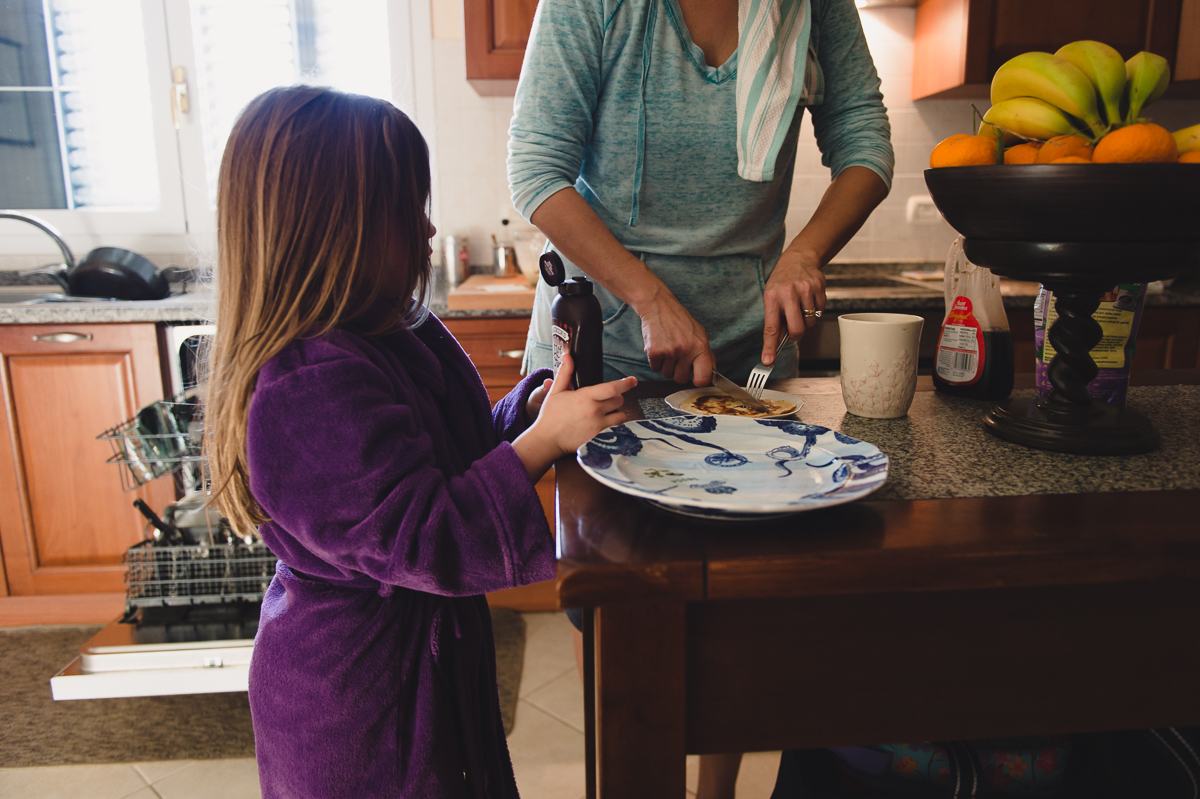There is a lot of love floating around in February. As you find yourself drowning in Valentines and candy hearts, here are a few tips for capturing love between people, that are useful all throughout the year.
Capturing Love: Siblings
Shared Activities: Sometimes, during the day to day, it can be a little difficult to see the tangible love between siblings. Setting up an activity where the kids can be side by side, engaged in a project, allows you to capture the passive connective love of being related, even if the subjects aren’t touching and smiling. Crafts, painting, cooking, gardening, building toys and sidewalk chalk are a few quick ideas of possible shared activities.
Force it: If the kids in question aren’t voluntarily connecting in front of the camera, you can go ahead and force the issue. Of course, use your intuition if you are photographing children who aren’t your own, and don’t force 2 kids to touch if it is very apparent that they would be uncomfortable. As long as you believe physical contact isn’t an issue, try making a game out of touching each other. Perhaps challenge them to see who can hold a hug longest, or ask them to figure out 3 different ways to both fit on one chair. These kinds of activities will force the touch, but will also likely gift you with genuine expressions of happiness as the kids work to comply with your silly requests.
Capturing Love: Parents and Kids
Everyday Routines: Love is expressed through the continuous execution of the mundane. Life as a parent often isn’t glamorous, but we show up and do our jobs- both out of duty, and out of love. Make it a point to photograph the everyday routines of your life. The images will one day show your grown children how you expressed love through basic care-taking activities. Cooking dinner with a toddler underfoot, instructing an elementary-age child on how to fold laundry or helping a teen study for the driving test are examples of activities that show love and can make great photographic opportunities.
Child-led Session: Give the child an opportunity to call the shots. Allow them to choose the setting, activity, wardrobe and props for a shoot. As the photographer, you get say in shooting angles and light use, but other than that, allow the child carte blanche. This kind of power is novel to a child, and you can bet that when they look at the resulting images they will feel the love of the adult who gave them permission to realize their vision.
Capturing Love: Couples
At a Location they Love: One of the most important things to consider when photographing people who are not normally comfortable in front of the camera is location. If you’re shooting models, they should be able to emote for you, regardless of where the shoot takes place, but the average couple will be much more likely to relax and connect if they are in a location that feels comfortable to them. Ask the couple for a few suggestions of places that they love to be, together, and see if one might work as the shoot location. Their home, a neighborhood shop, the back field on his parent’s property, a pocket of space in a local park… choosing a location where the couple has previously felt connected and safe will go a long ways toward ensuring that you capture a connection between them during your session.
Don’t Include the Face: While eyes and faces do very strongly communicate love, it is quite possible to capture connection without including a face in the image. You can try shooting the couple from behind, including only their hands, photographing them from the waist down with body language that suggest their connection (feet facing slightly towards each other, or perhaps hands almost touching, etc.) Images without faces require the photographer to focus more on composition, light use and body language in order to tell a story, which is a great exercise in creativity.
Pin It